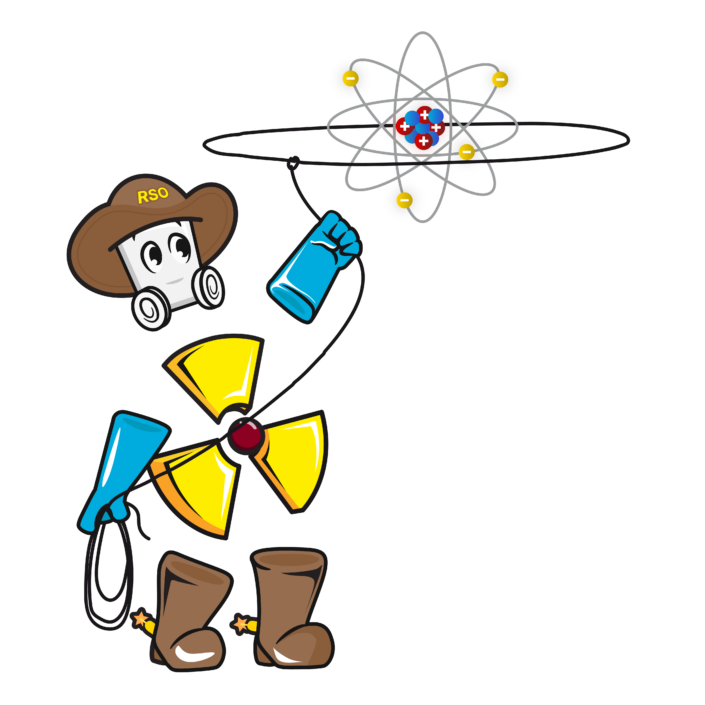Welcome to your
Advanced Radiation Safety Officer and Authorized User Training For Industrial Gauge Users
Welcome to the captivating Advanced Radiation Safety Officer and Authorized Users for Industrial Gauge Users training course. Dr. REM will be your expert guide during this exciting and educational ride which will keep you roped in from start to finish. Dr. REM, will make this visually pleasing, interesting, educational, and a breeze to follow along.
Before you get started…..now is a great time to DOWNLOAD the MATH PRIMER and GLOSSARY. We recommend printing the Math Primer, it is 50 pages that covers basic and radioactivity math concepts. These will be useful tools during your training.
We recommend using Google Chrome for the best compatibility and performance with our courses. If you have any technical issues here are some steps to help troubleshoot:
- Clear your browser’s cache data and cookies.
- Log-in and test the course in an incognito window.
Please reach out via our contact form with questions. We will contact you back within 24-hours.
